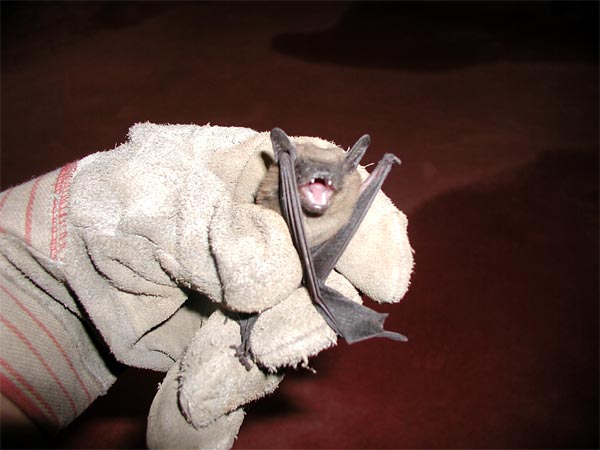Modified: June 1, 2016 4:16pm
Latest News

|
MEDIA RELEASE From the Office of the Commissioner of Health Dr. Gale Burstein
|
June 1, 2016
Contact: Mary C. St. Mary / Mary.StMary@Erie.Gov
Phone: (716) 858-4941 / Mobile: (716)253-3925
Warm Weather Rabies Precautions
Do NOT Touch Wildlife!
ERIE COUNTY, NY — Warmer days are here, along with families spending more time outdoors, increasing the likelihood of encountering a wild animal. Unfortunately, it is also the most likely time of year to encounter a rabid wild animal or to be bitten by a bat that has made its way inside your home.
Residents are strongly advised NOT to handle any wildlife. With the shortened, mild, Western New York winter, more wildlife and insects survived the winter than normal. An unusual number of abandoned raccoon and fox pups have already been reported, along with incidents of both pups and mothers testing positive for rabies. If you see abandoned pups or kits, do not handle them; contact local authorities.
Many species of bats live in Erie County and they can all carry rabies. Rabid bats frequently lose their ability to fly, or to fly well. They may be found on the ground or in water such as a lake or pool, making them more likely to come into contact with people or pets. A healthy bat typically avoids any contact with humans or animals and usually will not be found resting on the ground. Bats with rabies are often disoriented which increases the likelihood that they will end up inside a structure by accident. 
“Rabies is transmitted when an infected animal bites or scratches a person's skin,” said Erie County Health Commissioner Dr. Gale Burstein. “Even a minor scratch may be enough to transmit the rabies virus from animal to human. Bat bites may not be noticed because bat teeth are very tiny and razor sharp and a bat bite can be no bigger than a needle prick. Therefore, any direct contact with a bat should be considered a possible rabies exposure.”
If someone wakes up to find a bat in the room, or a bat is found in the room of an unattended small child, an intoxicated or mentally incapacitated person, or a family pet, the possibility exists that a bat bite, scratch -- or direct contact -- may have occurred. Bats flying overhead, and bats that have not had direct contact with humans or animals, do not pose a risk for transmitting rabies.
“Bats should be captured only if there has been direct contact with a person or pet or if the bat was found in the vicinity of someone who might have been exposed. Once these bats are captured, they should be tested for rabies infection,” stated Peter Tripi, Senior Public Health Sanitarian. “Do not release a live bat or throw out a dead bat that has bitten or scratched, or had direct contact with a person or pet, unless the ECDOH has told you that it will not be necessary to test the bat. Take care not to injure the bat’s brain, as that is what will be tested for the rabies virus.”
Suggestions to safely capture a bat:
- Never handle a bat with bare hands. Wear thick gloves to pick up a dead or injured bat or pick up the bat with a shovel or dust pan.
- For a live bat, wait until the bat has landed. Place an empty can or wastebasket over the bat and slide cardboard underneath to contain the bat.
- If the bat is still flying, try gently striking it with a broom or tennis racket in order to knock it down. You can also try to capture it in a net.
- Use heavy gloves (like leather work gloves) to place the bat in a sealed can or jar, or place it in a plastic bag that is within another heavy-weight plastic bag such as a zip-lock bag. For a live bat, punch small holes (less than ½ inch in diameter) in the container(s) for the bat to breathe. Place the container in a quiet area away from heavy human traffic. Do not refrigerate, freeze or kill a live bat.
- Dead bats that will be sent to a laboratory for testing should be refrigerated (not frozen) until the laboratory can begin testing. Do not refrigerate, freeze or kill a live bat.
In 2015, there were 37 rabid animal identified in Erie County. Bats accounted for 43% of all the rabid animals in the county. To date in 2016, there have been 11 confirmed rabid animals in Erie County, including raccoons, bats, skunk and foxes.
For more information:
Erie County Department of Health
Centers for Disease Control and Prevention

